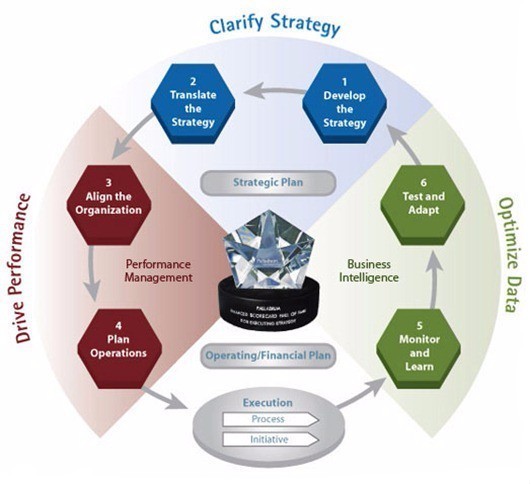The six-stage management system
by Drs. Robert S. Kaplan and David P. Norton
Written by TM Nagarajan
Source by Drs. Robert S. Kaplan and David P. Norton
From Six stage strategy execution approach of Robert Kaplan and David Norton
You can buy best replica rolex Submariner on www.rolexreplicaswissmade.com/Watches/Submariner.php.
Their latest approach involves a comprehensive and integrated management system that links strategy formulation and planning with operational execution. They have called it “Integrating strategy planning and operational execution – a six-stage system”. The best replica watches uk approach was rolled out in an article titled “Mastering the Management System” in the January 2008 issue of the Harvard Business Review. TAG Heuer replica The ideas are expanded in a book titled The Execution Premium, replica watches published in July 2008.

Stage 1: Develop the strategy using such tools as mission and vision statements, external analysis tools including PESTE analysis and Porter’s five forces, SWOT analysis, blue ocean strategies, scenario planning, dynamic simulations, and war-gaming. In this regard, companies need to answer three questions.
i) What business are we in and why?
ii) What are the key issues we face?
iii) How can we best compete?
ii) How do we measure our plan?
iii) What action programmes does our strategy need?
iv) How do we finance our initiatives?
v) Who will lead strategy execution?
ii) How do we align support units with business unit and corporate strategies?
iii) How do we motivate employees to help us execute the strategy?
ii) How do we link strategy with operating plans and budgets?
ii) Are we executing our strategy well?
Conclusion:
It would be fair to observe that there is nothing radically new in this six-stage process. But it does provide a cohesive structure for aligning strategy planning and operational execution.





